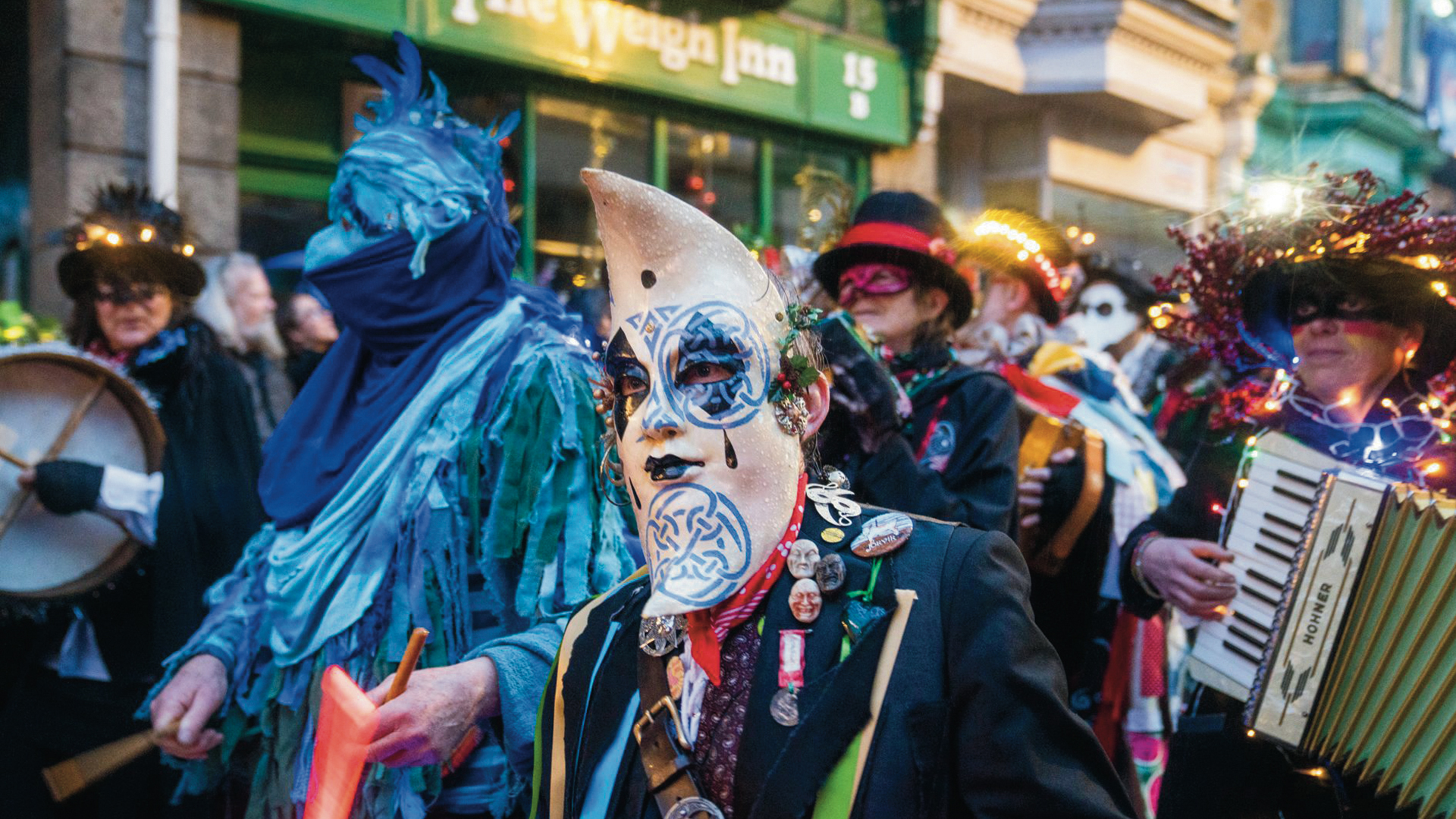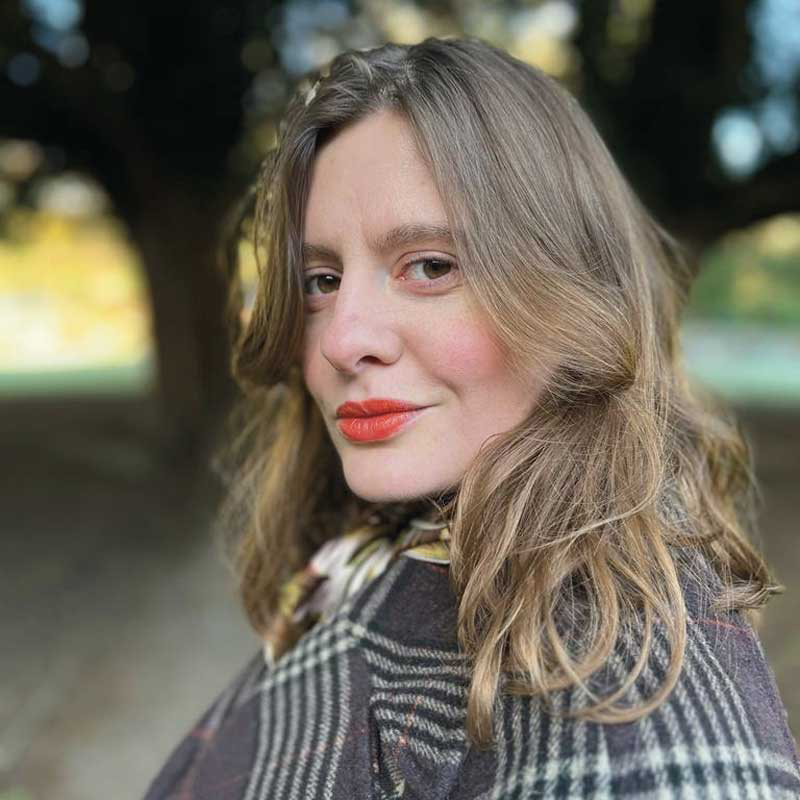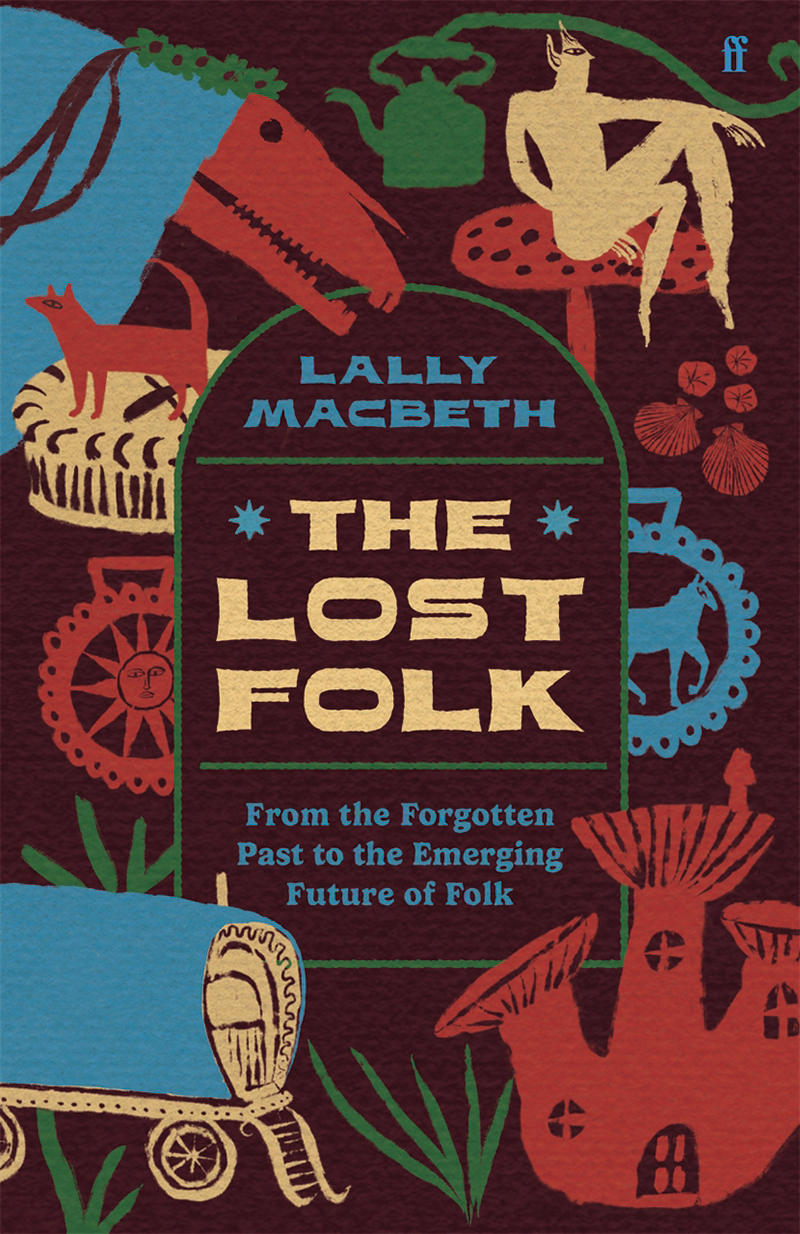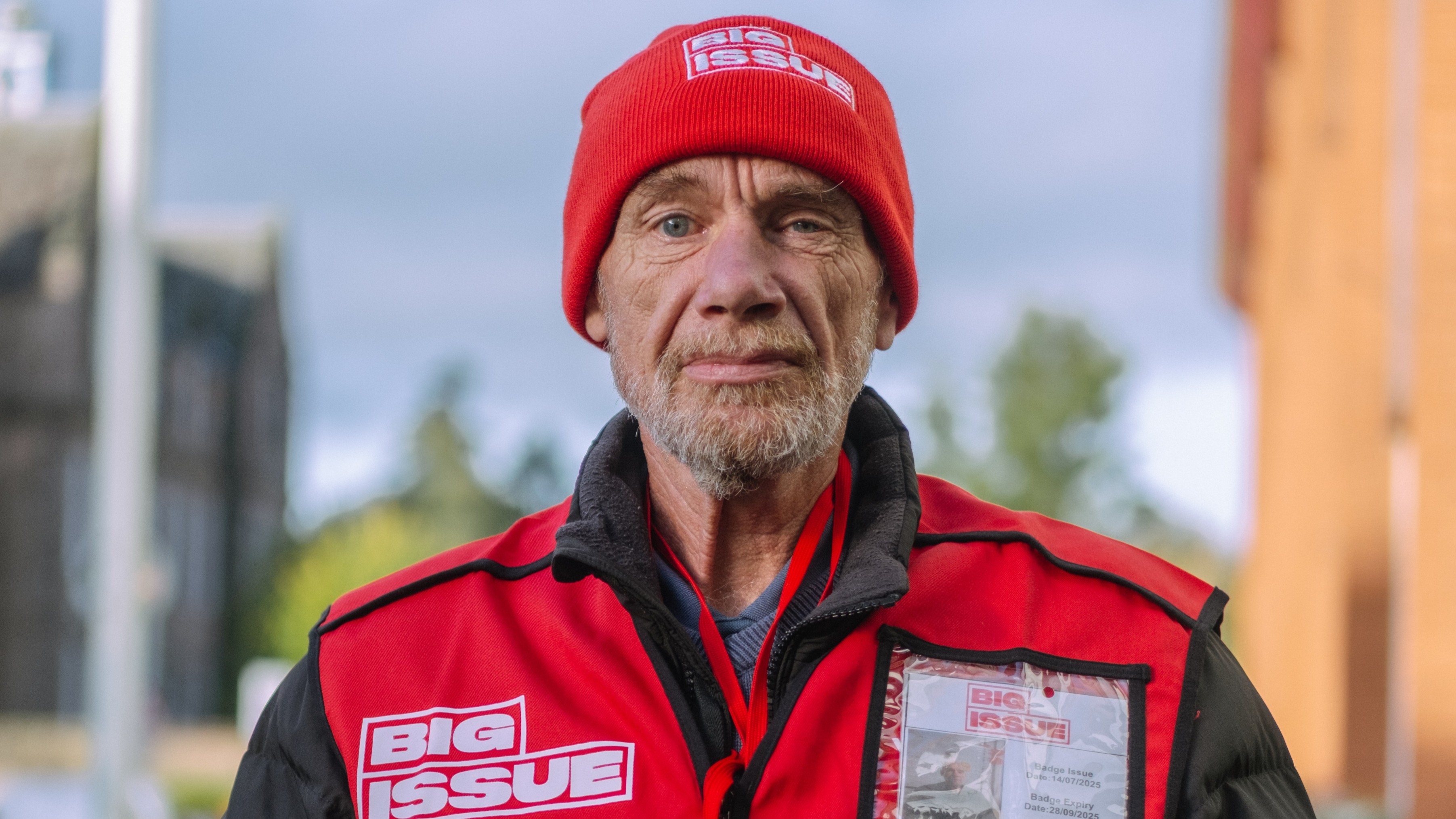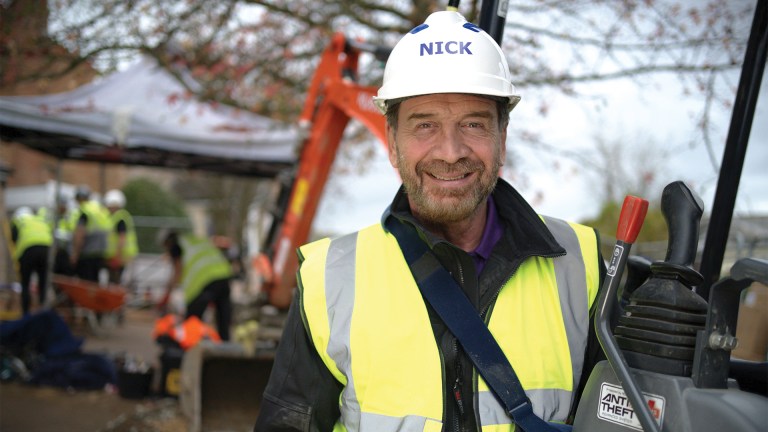Folk culture is all around us. It is hiding in nooks and crannies across Britain just waiting to be discovered. We just have to learn where and what to look for. It can be hard to define what folk is, it is such a vast world filled with such a variety of customs, objects and music that it can be tricky to understand what the defining thread is that connects them all.
In order to try and offer a lead in for those getting interested in folk for the first time I would suggest that anyone considering whether something is ‘folk’ begins by asking a few questions of the object, custom or indeed song they are looking at: Is it made for and of the people of a particular place? Has it been made with a particular locality in mind? And was it made by the human hand?
These questions can help begin to shape what folk is in the 21st century, these are the questions that can tie the threads together. Above anything the defining feature of folk, for me, is that it is of and for the people.
Get the latest news and insight into how the Big Issue magazine is made by signing up for the Inside Big Issue newsletter
A few years ago I started taking photographs of church kneelers (the cushions that are used for prayer in churches) and I asked myself the above questions. I found all of them to be true. For me the church kneeler is a wonderful example of a piece of genuine folk art that can be found across Britain, and one which is fast fading as churches are renovated and the kneelers are deemed to be not worthy of keeping.
I felt it was important to record them so that all the time and history that had been poured into them was not lost, and so we could celebrate their merit as folk objects.
